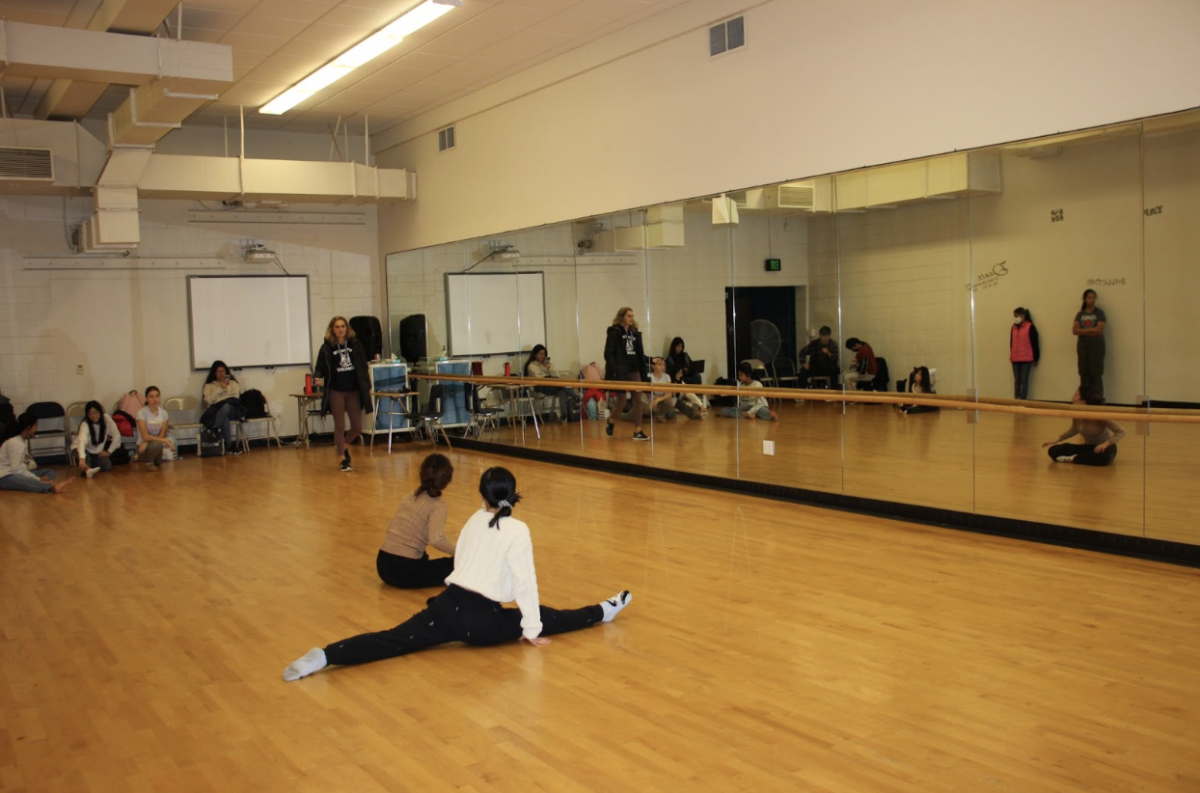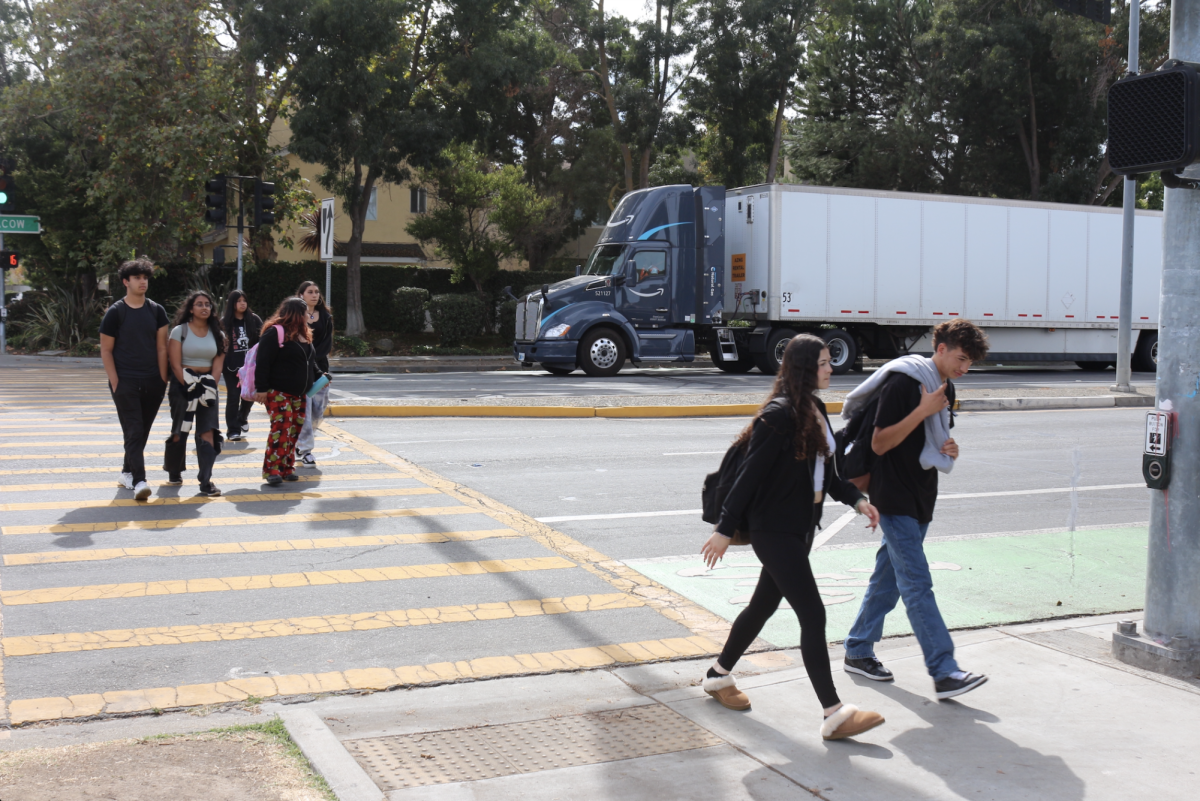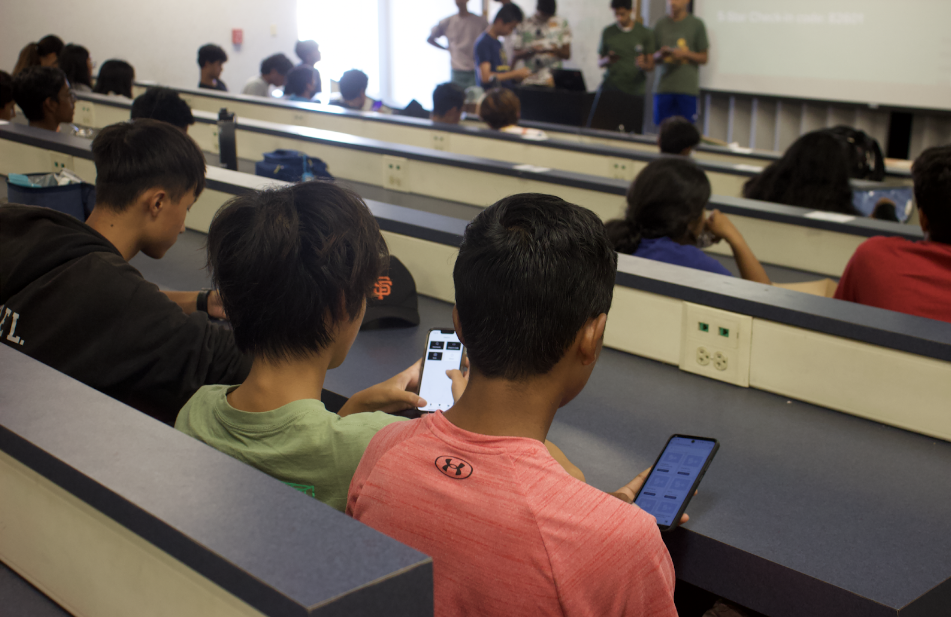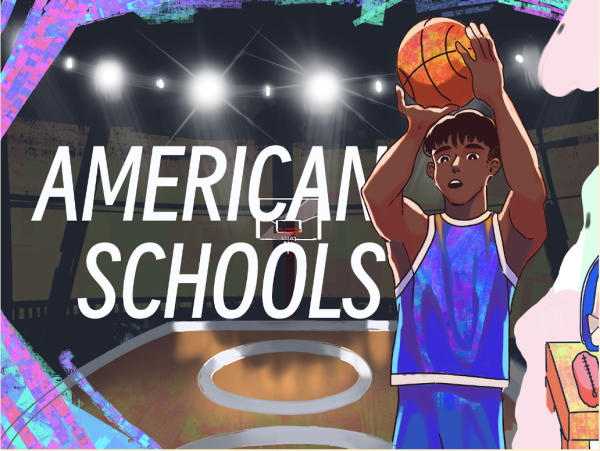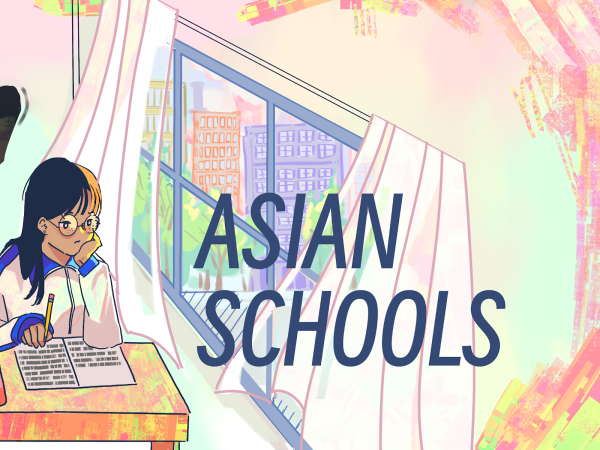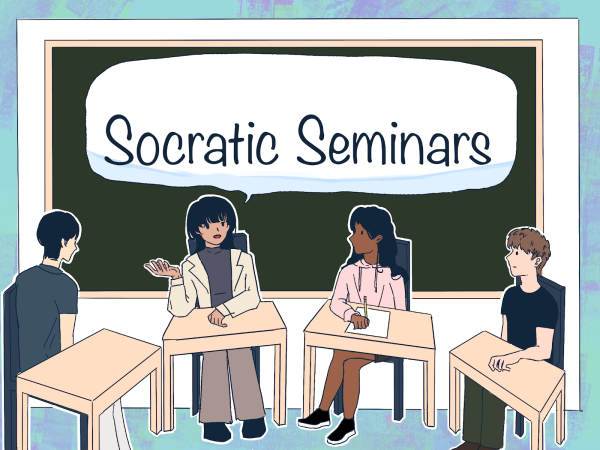Classic Books are Surprisingly Homogeneous
The Great Gatsby is one of many western books in the English curriculum with a white male protagonist and author focusing on themes of the American Dream through the lens of western society.
August 25, 2020
Through all of our high school careers, we’ve read many ‘classic’ books in English class intended to increase our reading comprehension and hopefully teach us something deep and meaningful about ourselves. These books should appeal to a variety of audiences, but it is clear that many of the authors, themes, and settings are very similar. This is particularly evident within the lack of diverse viewpoints in addressing these stories, as can be shown via the cultures that are explored in these novels.
A very common time period explored in several high school novels are depression-era novels set in the early 20th century, such as “The Great Gatsby”, “The Grapes of Wrath”, and “Of Mice and Men”. All three of these books involve white male characters that rise from poverty and critique the socioeconomic landscape of the United States during his time. While “The Great Gatsby” does differ from the other two in that it focuses on a rich main character, it still functions as a critique of the hedonistic practices of the rich and focuses on the poverty faced by certain characters in the Valley of Ashes, an area of poverty and crime. The other two novels, meanwhile, discuss depression-era poverty and the poor’s desperation to find work. All of these books, focused on economic troubles in the United States, unnecessarily limit their focus to poverty only within one country and its effect on one culture. On the other hand, books like “A Thousand Splendid Suns”, for example, talk about poverty and discrimination based on factors out of one’s control in a very different cultural context. Using ideas and themes from Afghanistan’s culture, it weaves a very different narrative that manages to talk about deep societal issues without repeating the same content over and over.
Many teachers also agree with the assertions regarding the heavy eurocentrism of the core books at Irvington.
“11th grade is American Literature, and to define America, we are a nation of refugees, immigrants, and natives,” says Ms. Kamal, an AP English Language and English 12 teacher. “But in 11th grade core, all the authors are white and all the stories are about the white experience.”
She cites books like the “Great Gatsby” as a part of this, with the point that there are many alternate novels which could teach the story of the American Dream to the students at Irvington. Novels which focus on the struggles of immigrant families to make money and survive in the United States would be a more relatable way to teach this large concept, as many students at Irvington are first or second generation immigrants to the United States. In Gatsby, however, his dream is simply to get the girl and get rich, a huge missed chance in terms of what the theme of the American Dream could create. One example of a book which takes a different stance is “Enrique’s Story”, which details the journey of a 17-year old Honduran teen who makes a trek to the United States to be reunited with his mother who moved there to send him money. He settles down in the US after some time and even brings his girlfriend over, all in search of a better life for him and his family. Ms. Kamal also claims there are serious negative effects of such a homogenous curriculum.
The primary benefit of a diverse curriculum is an idea called “teaching tolerance”. Essentially, learning more about different cultural groups can help create inclusivity and show students alternate perspectives. Instead of learning about the invasion of Vietnam through the book “The Things They Carry”, which has a largely American perspective, students could learn about it from a Vietnamese perspective, like from author Viet Thanh Nguyen, who writes short stories on this subject. His debut book titled “The Sympathizer” uses his Vietnamese-American background to show the Americanization of history and how there are always many different sides to conflicts like the Vietnamese War.
There are, however, ways that this situation could be remedied moving forward.
“I’ve done ‘Donor Choose’ campaigns, so I don’t even touch the department funds and its a way to get funds from rich donors for a project,” explained Ms. Kamal in regards to how she acquired the funds for her books. “There’s also a non-profit called ‘Facing History’…which lets you actually loan or borrow books like Enrique’s Journey.”





